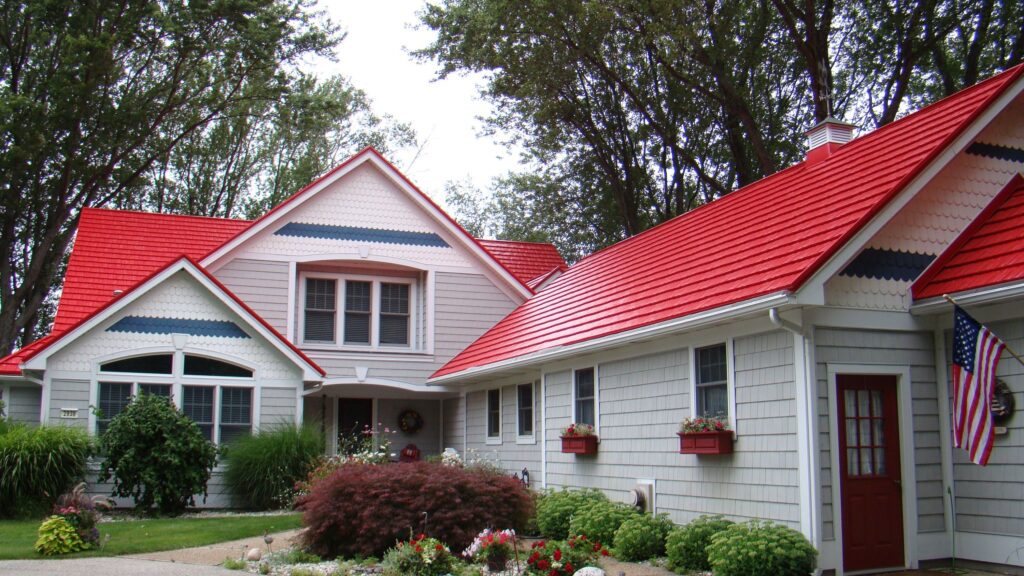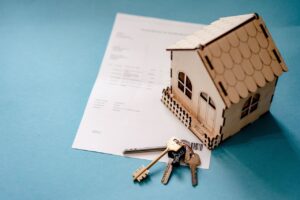
When it comes to home energy efficiency, many homeowners focus on insulation, windows, and HVAC systems. However, the color of your roof can also have a significant impact on your home’s energy performance. Choosing the right roof color is an important decision that can help you save money on energy bills and maintain a comfortable living space. You should go with a professional roofing company in Oxnard, as they understand the importance of selecting the best roof color for your home’s energy efficiency.
Understanding the Relationship Between Roof Color and Energy Efficiency
Roof color plays a crucial role in determining how much heat your home absorbs or reflects. Darker colors tend to absorb more heat from the sun, while lighter colors reflect more sunlight, keeping your home cooler. This phenomenon is known as the “albedo effect,” which refers to the ability of a surface to reflect solar radiation.
The Benefits of Light-Colored Roofs
Light-colored roofs, such as white, light gray, or cool-colored shingles, offer several benefits for energy efficiency:
- Reduced heat absorption: Light colors reflect more sunlight, minimizing the amount of heat absorbed by your roof and transferred into your home. This helps maintain a more stable indoor temperature, reducing the need for excessive cooling during hot summer months.
- Lower cooling costs: By keeping your home cooler, light-colored roofs can help reduce the workload on your air conditioning system, leading to lower energy bills. This is particularly beneficial in regions with long, hot summers where cooling costs can account for a significant portion of household energy expenses.
- Extended roof lifespan: Light-colored roofs experience less thermal expansion and contraction, which can help extend the life of your roofing materials. The reduced heat absorption minimizes the stress on your roof, preventing premature aging and deterioration of shingles or other roofing components.
- Improved indoor comfort: By reflecting more heat and maintaining a cooler roof surface, light-colored roofs contribute to a more comfortable indoor environment.
The Role of Cool Roofs in Energy Efficiency
Cool roofs are specially designed roofing materials that reflect more sunlight and emit more heat than standard roofing products. These materials often have a high solar reflectance index (SRI), which measures a surface’s ability to reflect solar heat and emit thermal radiation.
Choosing the Right Roof Color for Your Home
When selecting a roof color for your home, consider the following factors:
- Climate: In hot climates, light-colored roofs are generally more energy-efficient. In colder climates, darker roofs can help absorb heat and reduce heating costs during winter months.
- Architectural style: Choose a roof color that complements your home’s architectural style and enhances its curb appeal.
The Importance of Proper Roof Installation and Maintenance
While roof color is important for energy efficiency, proper installation and maintenance are equally crucial. A well-installed and maintained roof will ensure optimal performance and longevity, regardless of the color you choose. Regular inspections, cleaning, and repairs can help prevent leaks, damage, and other issues that can compromise your roof’s energy efficiency.
Consulting with a Professional Roofing Company
To make an informed decision about your roof color and ensure proper installation and maintenance, it’s essential to work with a reputable roofing company. A professional contractor can assess your home’s specific needs, recommend the best roofing materials and colors for your situation, and provide expert installation and maintenance services.
By understanding the impact of roof color on energy efficiency and working with a trusted roofing professional, you can make a wise choice that will help you save money, improve comfort, and enhance the overall performance of your home. Whether you opt for a light-colored roof, a cool roof, or a color that complements your home’s style, investing in the right roof color can have a significant impact on your home’s energy efficiency for years to come.







